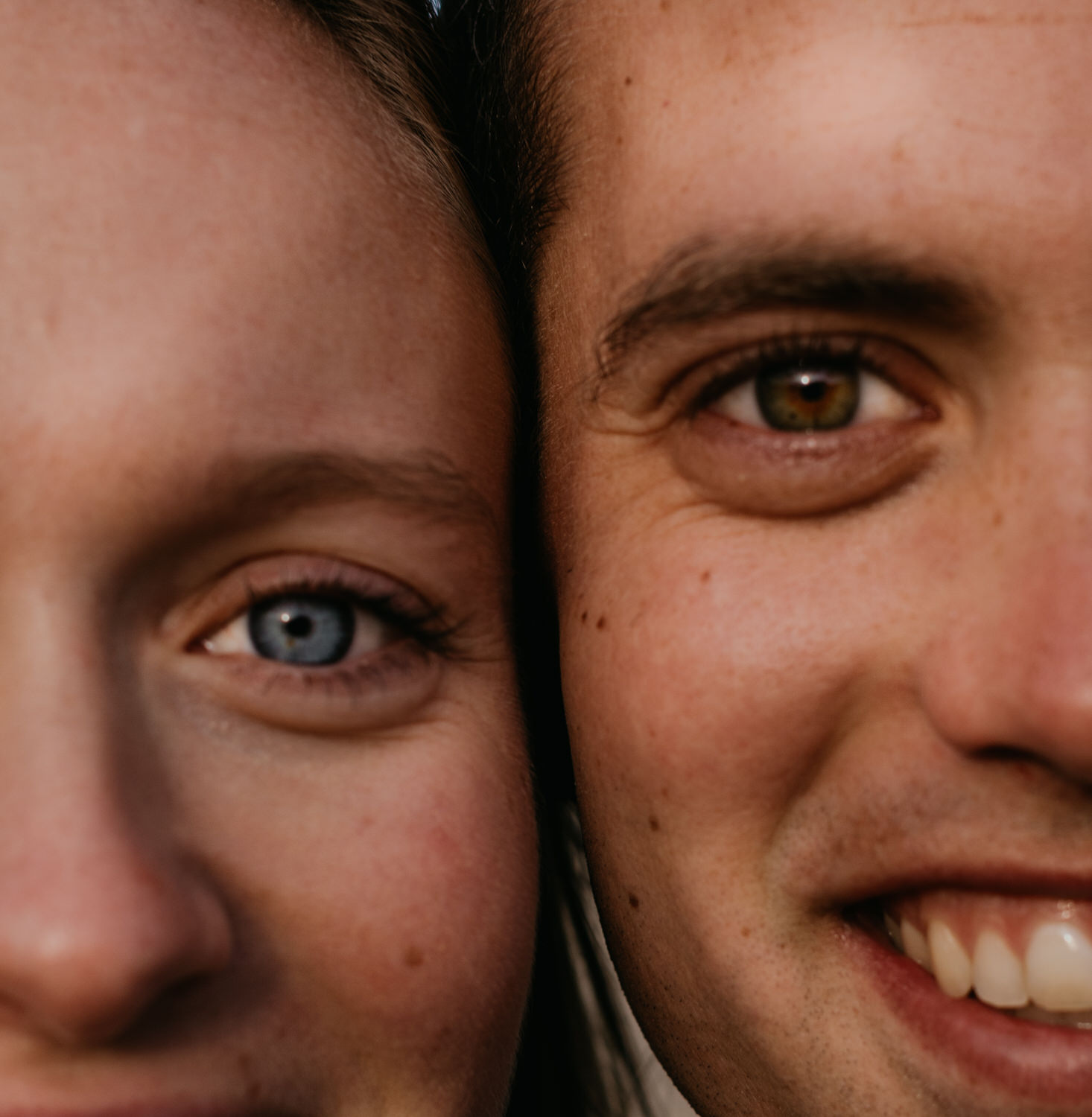Jan 29, 2023
Unlocking Success: Working with Second Shooters in Your Wedding Photography Business
As a wedding photographer in the midst of growing your business, you’re likely to face increasing demands to capture beautiful, memorable moments for your clients. When it comes to larger weddings with over 100-150 guests, the complexity of the event can be daunting. This is where having a second shooter by your side can prove invaluable.
What is a Second Shooter in Wedding Photography?
A second shooter in wedding photography is a supporting photographer who works alongside the main photographer to capture a wedding day. They can be experienced wedding photographers, photography students seeking experience, or photographers from other fields who offer second shooting services as a side hustle. Their work arrangements vary, they can be hired by a wedding photography studio or work on a one-time contract basis.
Benefits of Hiring a Second Shooter
The decision to bring a second shooter into your team should not be taken lightly. However, it can offer a multitude of benefits that can elevate your wedding photography game:
- Extended Coverage: Large weddings can be overwhelming for a single photographer. A second shooter enables you to capture different angles, moments, and perspectives simultaneously. This ensures that no precious moment is missed.
- Diverse Perspectives: Each photographer has a unique style and approach. Having a second shooter adds another layer of creativity to your work. They can bring fresh ideas and viewpoints to your images, enriching your portfolio.
- Lighting Assistance: Managing lighting in various wedding scenarios can be challenging. A second shooter can assist in setting up and adjusting lighting equipment, ensuring that the photos are well-lit and of high quality.
- Reliable Backup: Weddings are live events with no do-overs. Having a second shooter means you can take breaks without worrying about missing important shots. It provides peace of mind and reduces the risk of burnout.
Responsibilities of a Second Shooter at a Wedding
Understanding the roles and responsibilities of a second shooter is crucial for a harmonious partnership. Here’s what you can typically expect from your second shooter:
- Handling Lighting Gear: One of the primary tasks is assisting with lighting equipment. They may be responsible for setting up and adjusting lighting to achieve the desired mood and ambiance.
- Secondary Angles: A second shooter captures a secondary angle of the same moment. This diversifies your coverage, giving clients more options when selecting their favorite shots.
- Coverage Extender: They cover areas that may be challenging for the main photographer to reach. This ensures that every aspect of the wedding is documented comprehensively.
- Storytelling: The second shooter contributes to telling the complete story of the wedding day. Their shots add depth and dimension to the final product, creating a more vibrant and memorable collection.
Second Shooter Pay for Wedding Photography
The compensation you offer to your second shooter can vary based on several factors, including their experience, responsibilites and local market standards. Generally, second shooters can be paid on an hourly or half-day/full-day basis. Here’s a rough estimate of second shooter pay rates in the EU:
- Hourly Fees: Range from €30 to €250 per hour, depending on experience and location.
- Half-Day/Full-Day Fees: Range from €300 to €2500, with rates influenced by factors such as event duration, experience and additional responsibilities.
When working with a second shooter, it’s vital to establish a clear and comprehensive contract. This contract should outline not only the payment structure but also the expectations and responsibilities of both parties.
Working with a Second Shooter: Tips and Contract
To ensure a successful partnership with your second shooter, consider these tips:
- Clear Communication: Open and transparent communication is key. Discuss your expectations, shooting style, and desired outcomes with your second shooter.
- Customizable Contract: Use a customizable contract template that covers essential details. This includes day/hourly fees, copyright agreements, publication rights, and any other specific terms relevant to your collaboration.
- Payment Schedule: Define when and how the second shooter will be paid. Will it be after the event, upon delivery of the photos, or in installments? Be clear about this in the contract.
- Rights and Usage: Clearly state the rights and usage of the images produced by the second shooter. Ensure that both parties understand who can use the photos and for what purposes.
- Equipment and Attire: Address whether the second shooter will need to bring their equipment or if you will provide it. Also, specify dress code and any other attire-related details.
Incorporating a second shooter into your wedding photography business can be a game-changer, allowing you to provide top-notch service to your clients while also lightening your workload. With clear communication, well-defined contracts, and a shared vision, your partnership with a second shooter can contribute to the growth and success of your business.
As you strive to grow your wedding photography business, remember that success often lies in the details. That’s why we’ve crafted the perfect resource for you – our Second Shooter Onboarding Guide + Customizable Work Contract Template. This isn’t just about streamlining your workflow; it’s about having the confidence to capture those breathtaking moments while building trust with your clients. Whether you’re looking for emotional reassurance or practical solutions, our guide has got you covered.
